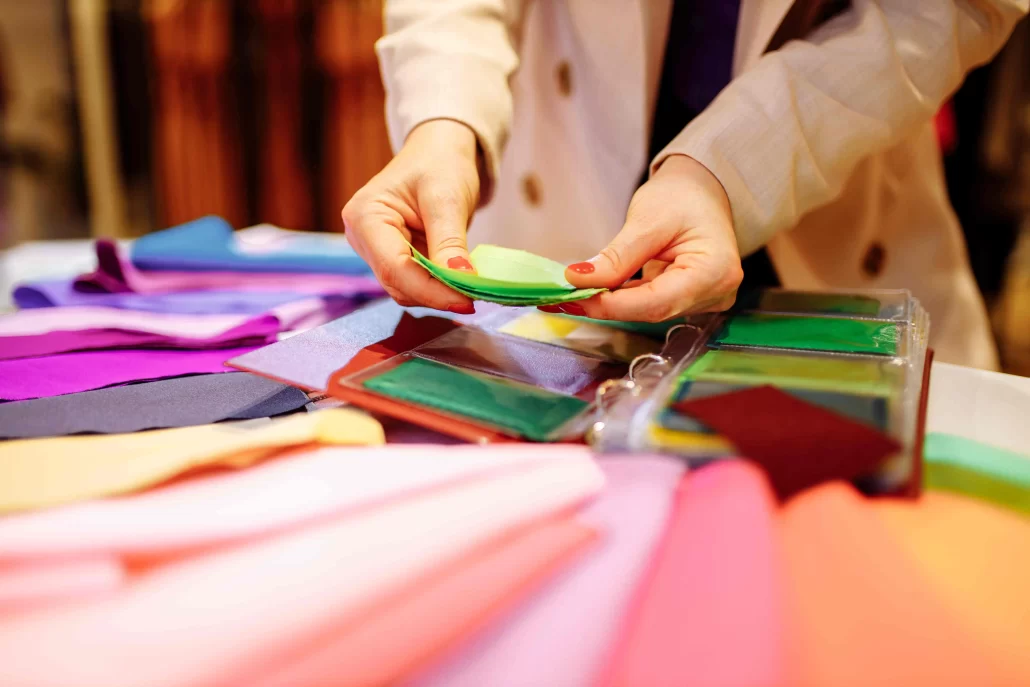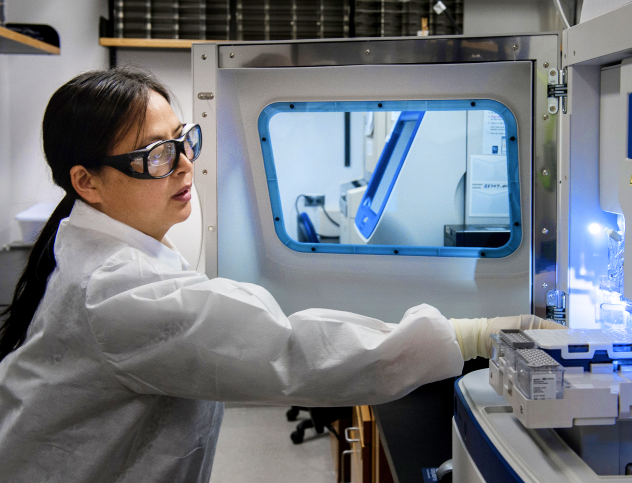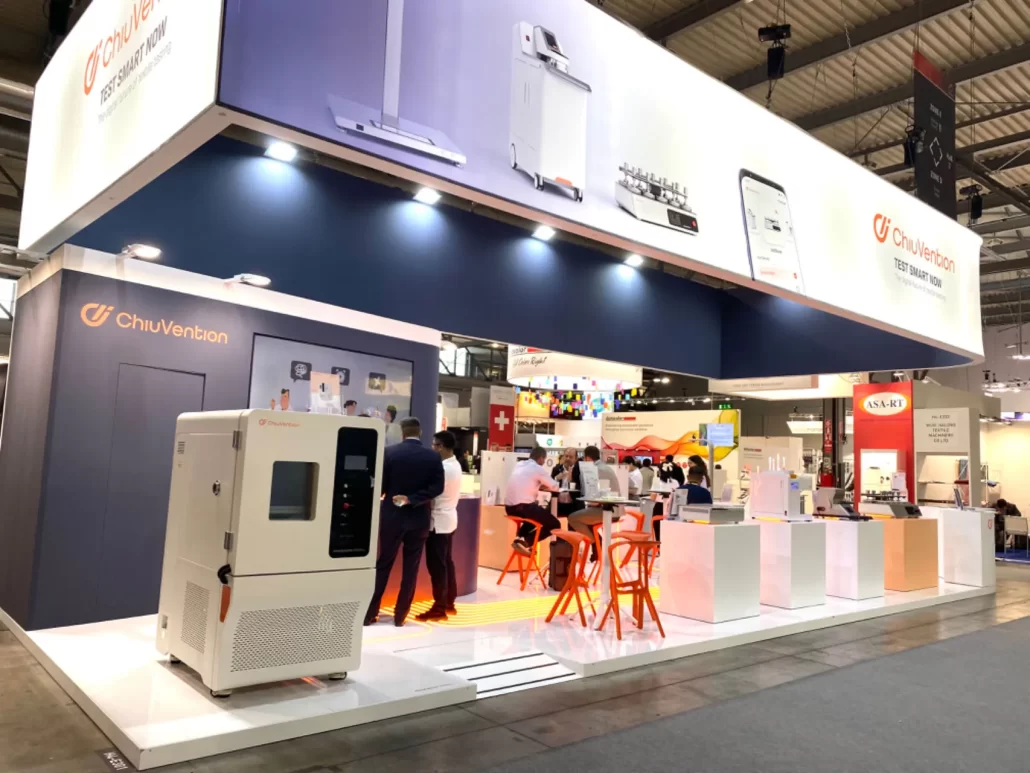When it comes to the world, textile manufacturing innovation grows into an ambitious force over grade and efficiency. One such creation that is creating ripples in the enterprise is the infrared dyeing machine. Modern technology delivers the most suitable change in sample dyeing, offering textile manufacturer’s different options and capabilities before being unavailable over traditional…
Category Archives: Textile Testing
Introduction: Quality management is vital in the textile industry that we work in because of ensures the use of top-quality materials every day. It would be frustrating if your most loved t-shirt began to disintegrate after just a few washes or if the design on your favorite dress faded quickly. This is why we have…
This article delves deep into the pivotal role that constant temperature and humidity chambers play in enhancing the quality standards of textile production processes. From maintaining the integrity of delicate fibers to ensuring uniform dye absorption, the intricate dance between temperature and humidity profoundly influences every stage of textile manufacturing. Join us as we unravel…
What Are the Common Cotton Testing Items and Test Instruments? Cotton testing is a crucial part of the textile industry that ensures the quality and performance of cotton fibers. Various parameters are assessed to determine the suitability of cotton for multiple applications from fiber strength to length. Here are some of the common testing items…
Basic Concepts of Textile Air Permeability Test and Moisture Permeability Test Textile air permeability testing and moisture permeability testing are two different test methods. Although both tests are related to the breathability of textiles, their purposes and test methods are quite different. Let’s take a look at the basic concepts of these two tests. First,…
Textile testing is the most important process in the textile industry to produce clothes and other things without any issues. Textile manufacturers highly prioritize textile testing to strengthen brand image and organizational reputation. It involves evaluating the chemical, mechanical, and physical properties of the garment. Today our topic is Textile Testing Industry Status and Trends….
What is quality control in textile testing? Quality control in textile testing is indispensable for ensuring the integrity and reliability of the textile products. Textile testing entails several assessments, together with physical, chemical, and performance tests, to verify compliance with requirements and specs. Testing strategies: Physical tests include critiques of material strength, sturdiness, and dimensional…
Have you heard of Smart Textile Testing? It’s the hottest topic of the textile industry in 2024 and has attracted a great deal of attention from the brand side of the textile industry and the supply chain. Today we share with you a few core messages about textile smart testing. Pain Points in Conventional…
Textile Testing Overview Textiles are skin-friendly items, we wear them every day. Different fabrics have different levels of comfort, and their performance is not the same. Fabric will be tested before the processing of clothing production by a variety of textile testing items, so what are the textile testing projects and standards? Generally, we…
Introduction Ever noticed why your smartphone gets too hot in the summer season? Or wondered why some medicines need to stay cool? These common situations underscore the significance of temperature and humidity chambers. These controlled environments are vital in guaranteeing the quality and reliability of the products we depend on. From our pocket gadgets to…









